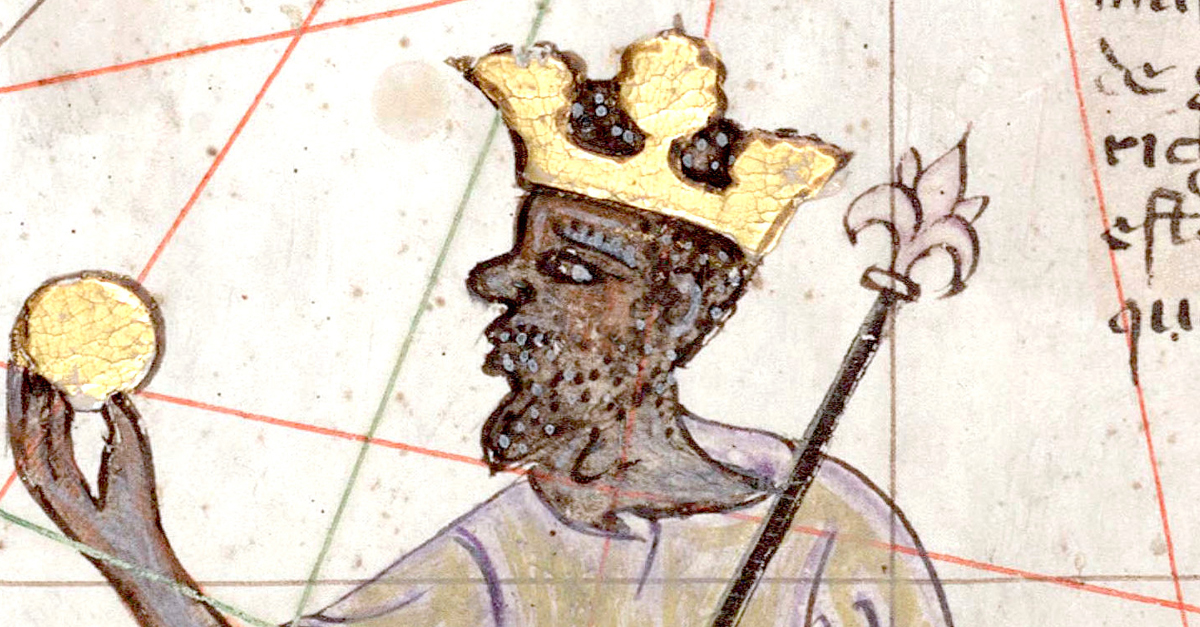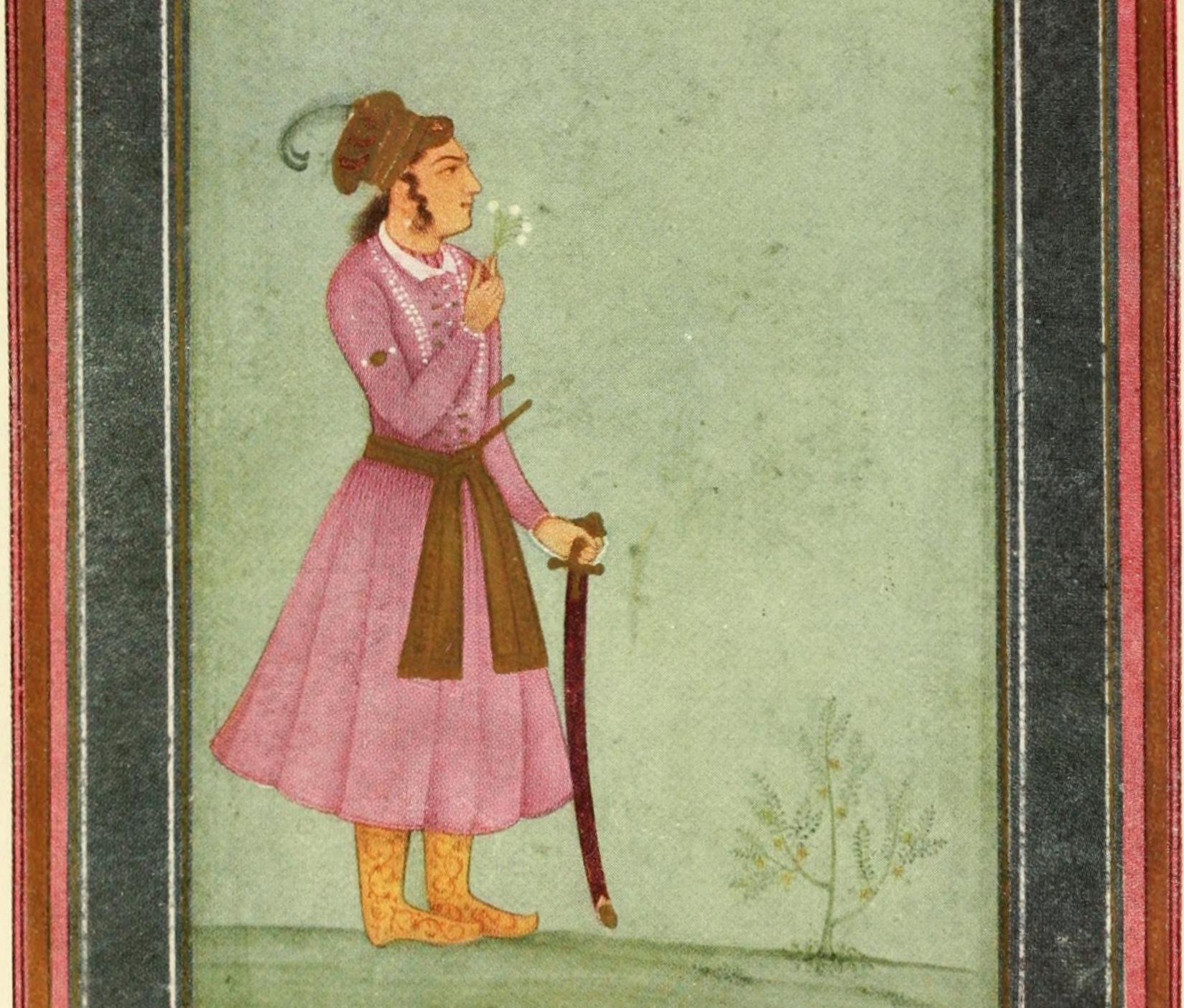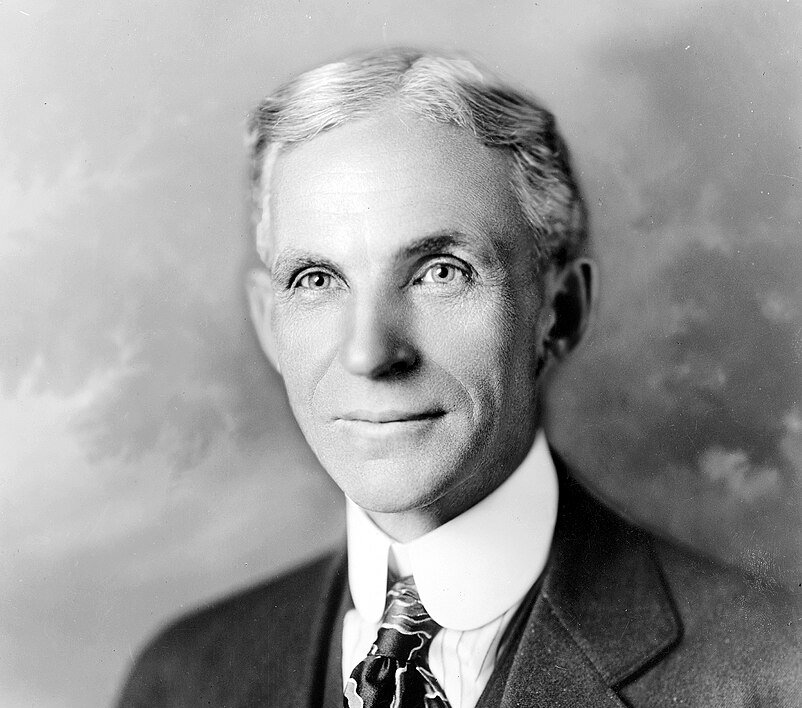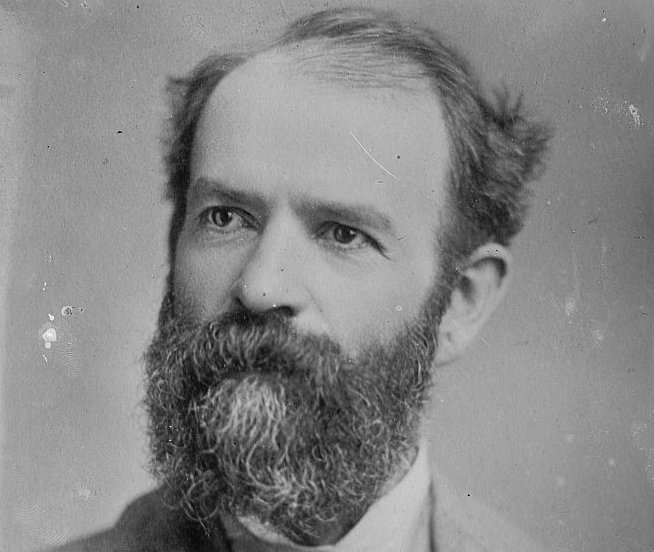When Money Talks—And Never Stops
We all know Jeff Bezos and Elon Musk are filthy rich, but they’re mere mortals compared to the true titans of wealth. From ancient emperors who owned entire empires to oil barons who practically printed money, these are the people who made “obscene fortune” their full-time job. Adjusted for inflation, their riches would make today’s billionaires look like bargain hunters at a yard sale.
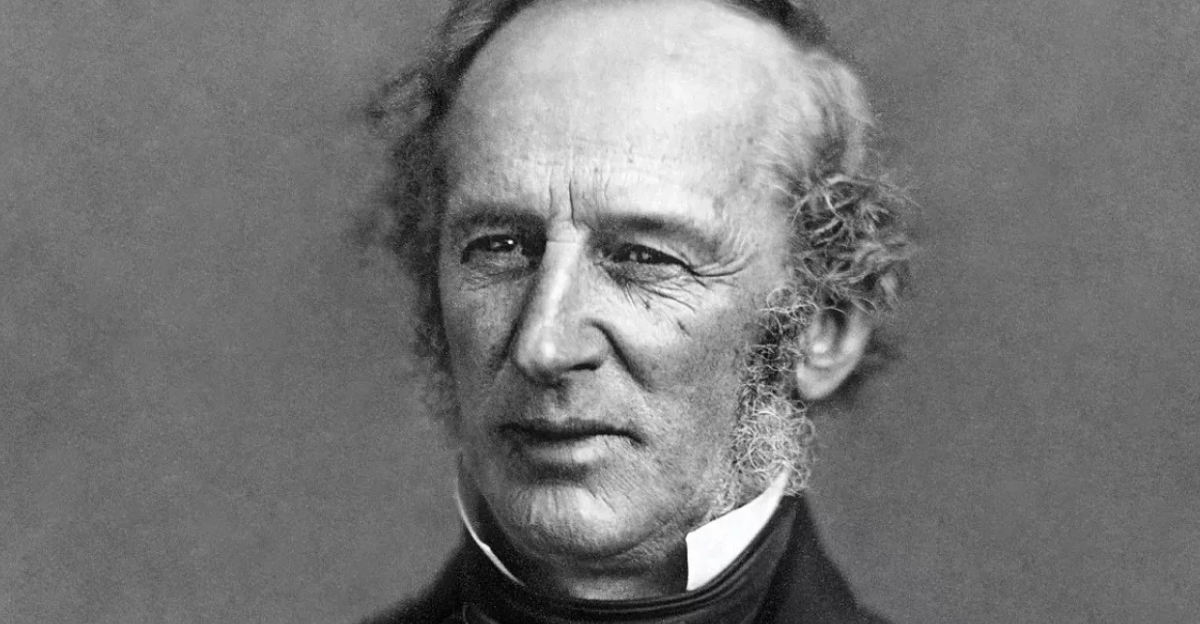
Akbar I
The Mughal Empire once dominated nearly all of modern-day India—but under its third ruler, Akbar the Great, it didn’t just grow. It glittered. Akbar’s court overflowed with luxury so immense, even today it’s hard to imagine the sheer scale of his wealth.
While there is no real way to accurately compared Akbar I’s wealth to the modern day, his empire controlled an unbelievable 25% of the world’s GDP.
Since he had complete control over the empire, that’s like having a net worth of over $20 trillion in today’s dollars.
Andrew Carnegie
In the late 1800s, steel was the hottest commodity on Earth—and if you needed steel in America, you got it from Andrew Carnegie. He built his first steel mill in 1875. By 1901, he sold the Carnegie Steel Company that he’d built in the decades since for over $300 million.
 Theodore C. Marceau, Wikimedia Commons
Theodore C. Marceau, Wikimedia Commons
He Gave It All Away
Adjusted for inflation, Andrew Carnegie’s net worth reached $310 billion. After selling Carnegie steel, he became a famous philanthropist, eventually giving away $350 million in his lifetime—nearly 90% of his total wealth.
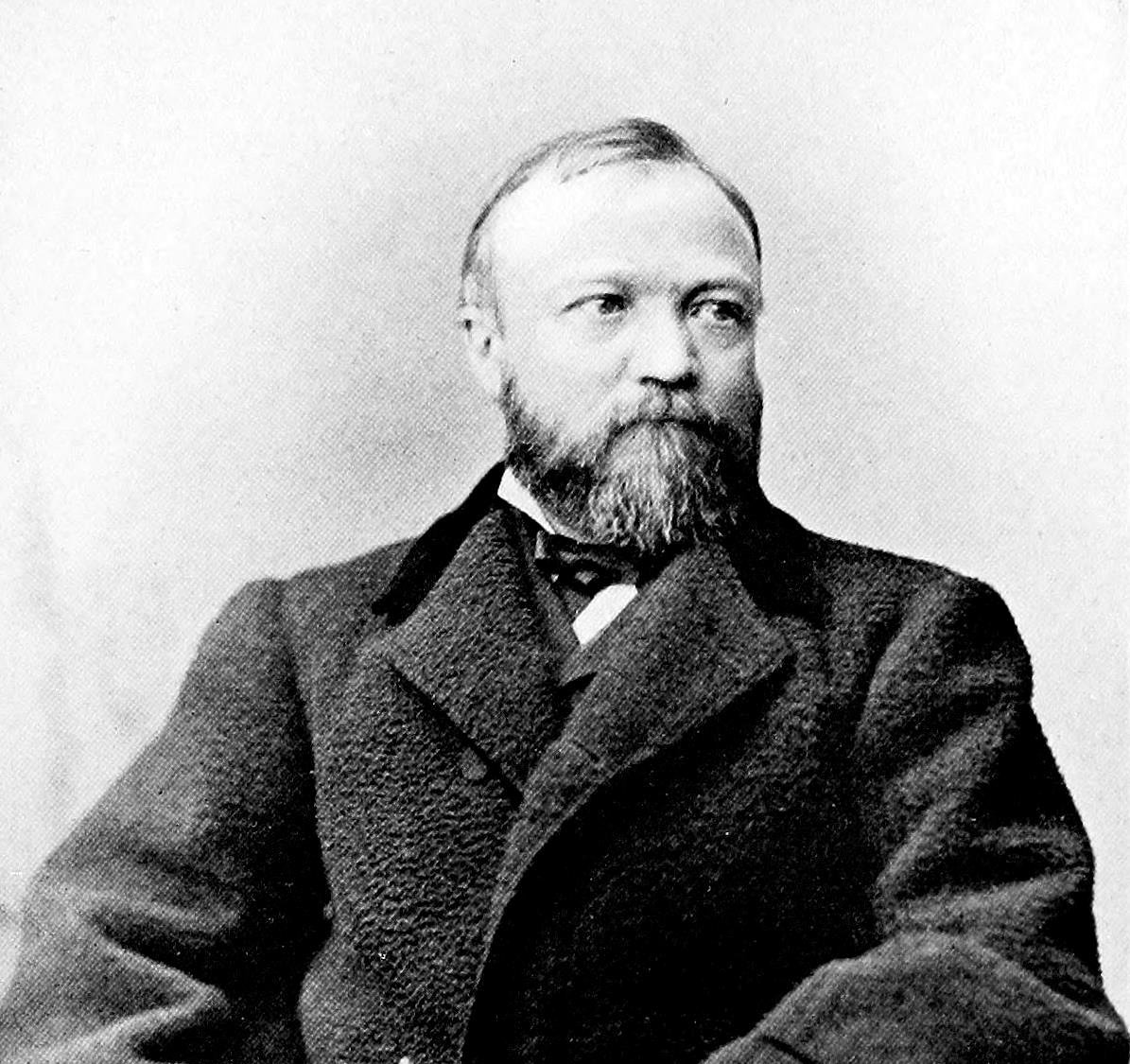 Project Gutenberg, Wikimedia Commons
Project Gutenberg, Wikimedia Commons
Henry Ford
Henry Ford—and the affordable Model Ts that rolled off of his ingenious assembly lines—completely revolutionized the modern world as we know it.
This made Henry Ford extremely famous—and extremely rich.
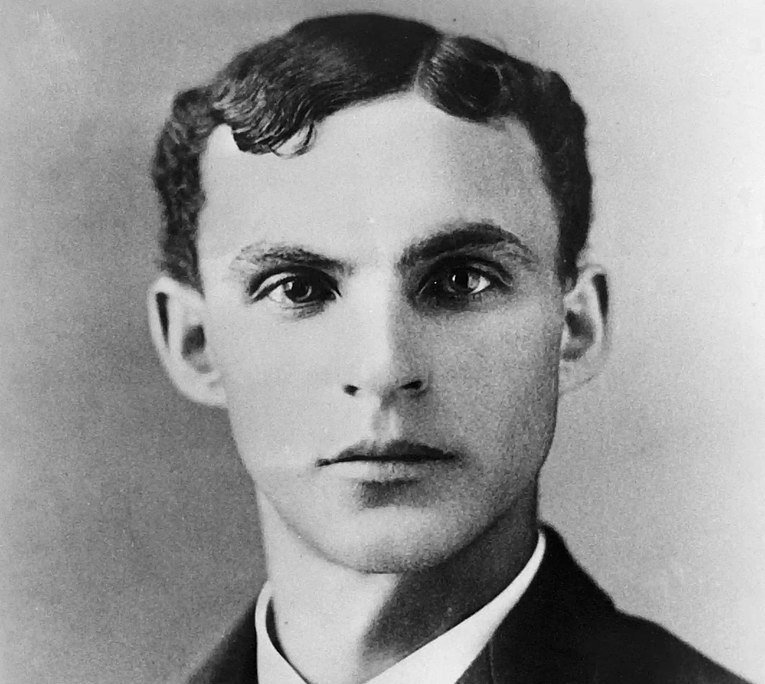 Unknown Author, Wikimedia Commons
Unknown Author, Wikimedia Commons
You Can’t Take It With You
By the time Henry Ford passed, his fortune had swelled to the modern equivalent of $180 billion—a staggering sum that he left largely to the Ford Foundation. Decades later, his legacy still drives change: in 2019 alone, the foundation poured nearly $200 million into global grants and initiatives.
John of Gaunt
John of Gaunt was the lowly fourth son of King Edward III. That meant he’d never rule a kingdom himself—but he made it work. Between his royal birth, lucky land grants, and some extremely rich wives, he became one of the richest and most powerful men in the world.
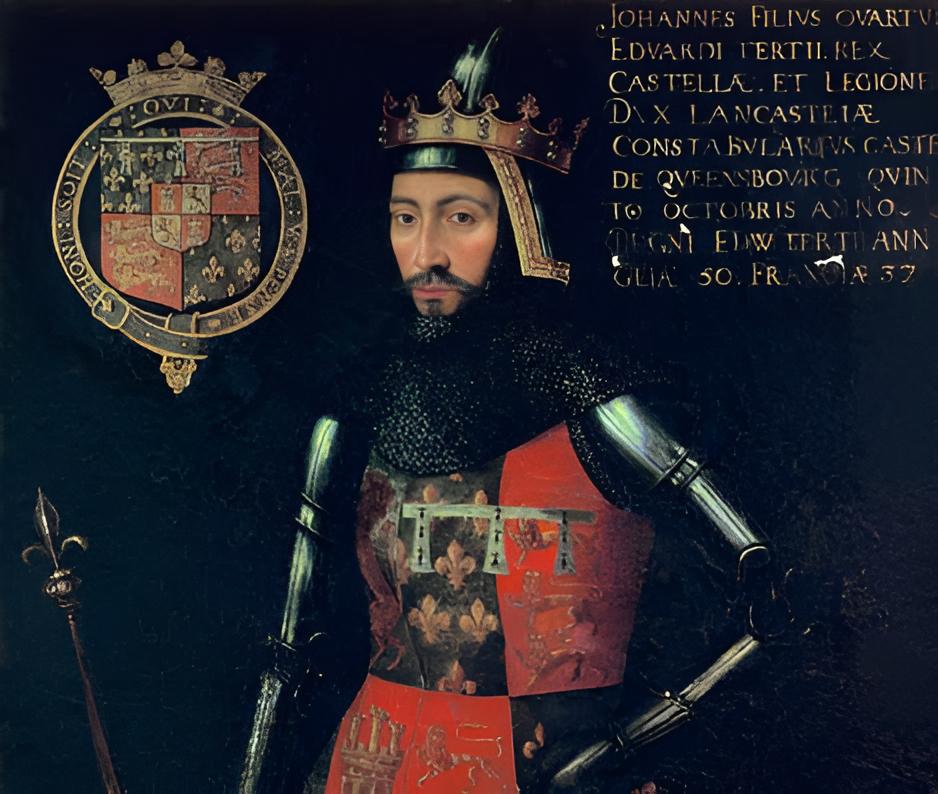 Lucas Cornelisz, Wikimedia Commons
Lucas Cornelisz, Wikimedia Commons
There’s Always Money In Castles
In feudal England, all the money was in land—and John of Gaunt had a lot of land. With dozens of castles across England and France, modern estimates put Gaunt’s wealth around the equivalent of $110 billion.
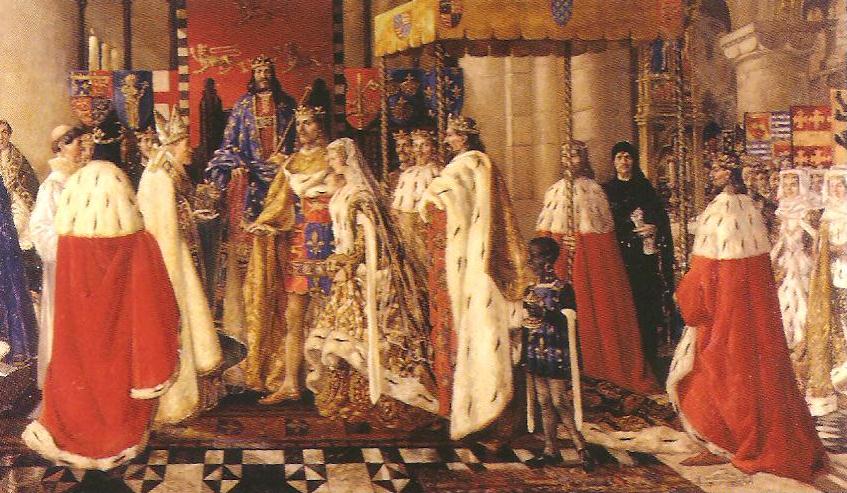 Horace Wright, Wikimedia Commons
Horace Wright, Wikimedia Commons
Jay Gould
Jay Gould was maybe the least popular of 19th-century America’s Robber Barons. He made his money in railroads and on the stock market—but his business practises weren’t exactly on the level.
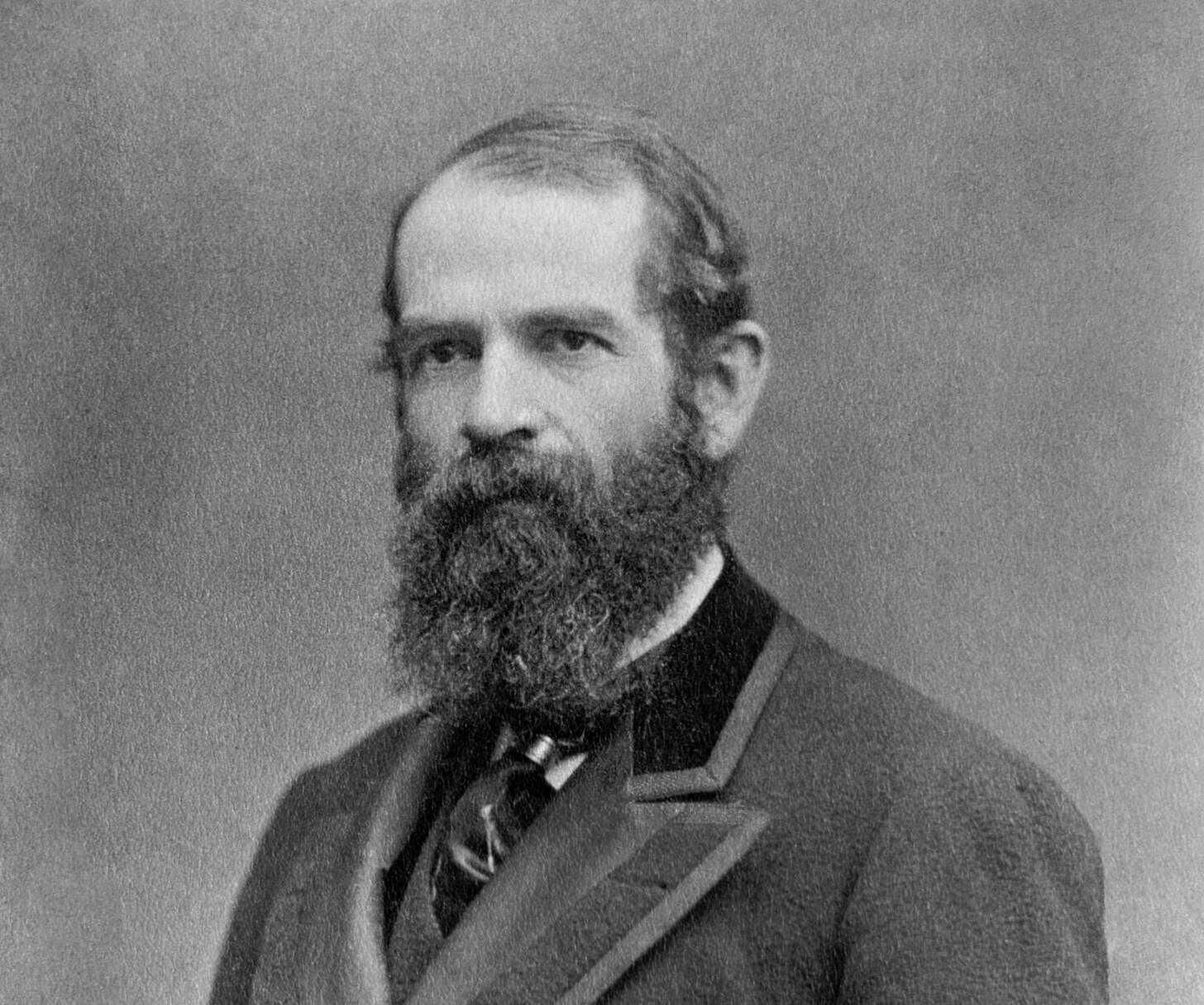 Bain News Service, Wikimedia Commons
Bain News Service, Wikimedia Commons
He Crashed The Stock Market
Jay Gould’s tactics peaked his net worth at around the equivalent of $70 billion in today’s dollars—and made him absolutely despised. His shady attempt to corner the gold market caused a mass panic and led to the infamous Black Friday of 1869.
Mansa Musa I
Jay Gould might’ve tried to control the gold market—but compared to Mansa Musa I, he was playing with pocket change. As ruler of the Mali Empire in the 14th century, Musa commanded the vast trade routes of the Sahara, including the gold mines that fueled them—and his fortune became so immense, historians still struggle to calculate it.
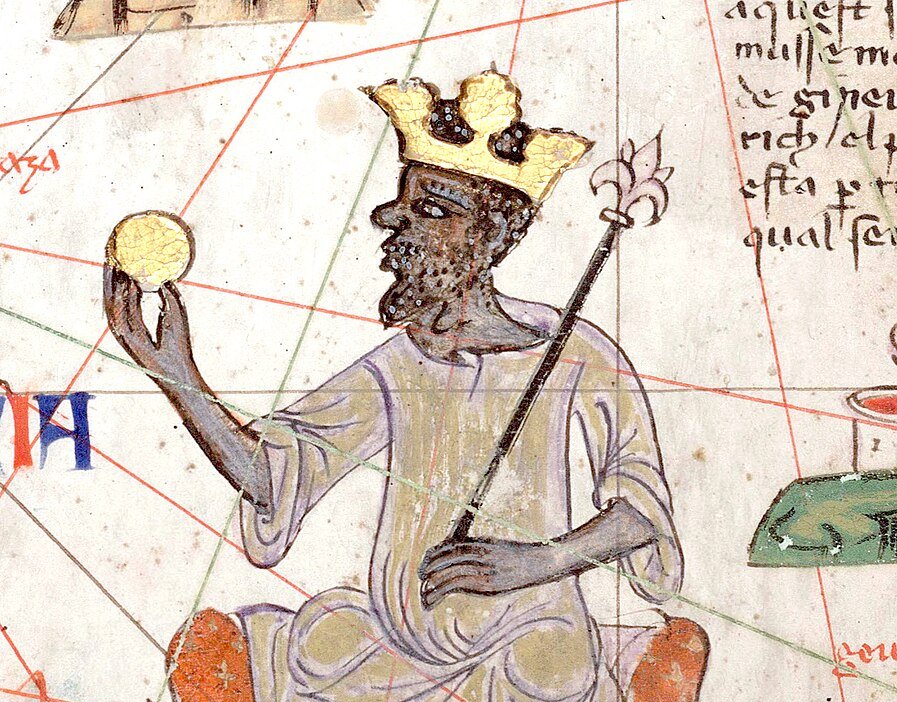 Bibliothèque nationale de France, Wikimedia Commons
Bibliothèque nationale de France, Wikimedia Commons
He Was The Original John D. Rockefeller
Mansa Musa I was famous for his wealth and generosity even in his time. Some scholars claim that he gave away so much gold when he travelled through Egypt that he caused a national depreciation in its value.
While his wealth and power are almost impossible to truly compare to modern society, some sources have estimated his personal net worth at more than $400 billion.
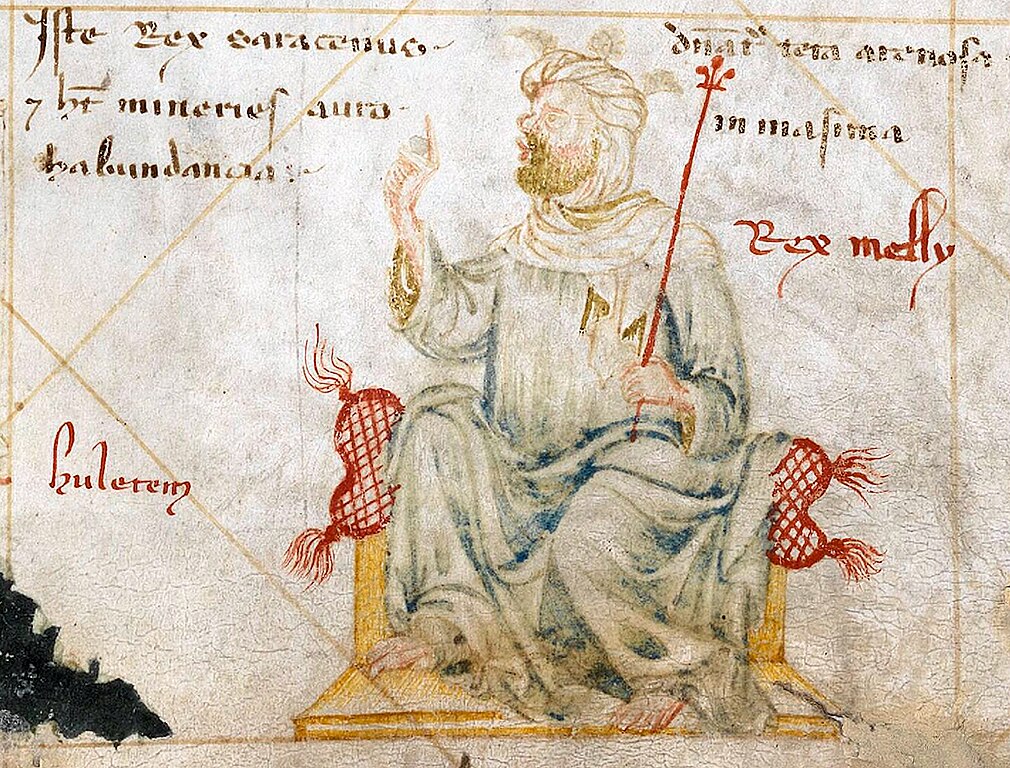 Angelino Dulcert, Wikimedia Commons
Angelino Dulcert, Wikimedia Commons
Mir Osman Ali Khan Was The Richest Man On The Planet
The ruler of the princely state of Hyderabad during the British Raj, Time magazine called Mir Osman Ali Khan “richest man on the planet” in 1937. He owned 50 Rolls-Royces and used a 185-carat diamond the size of a lime as a paperweight.
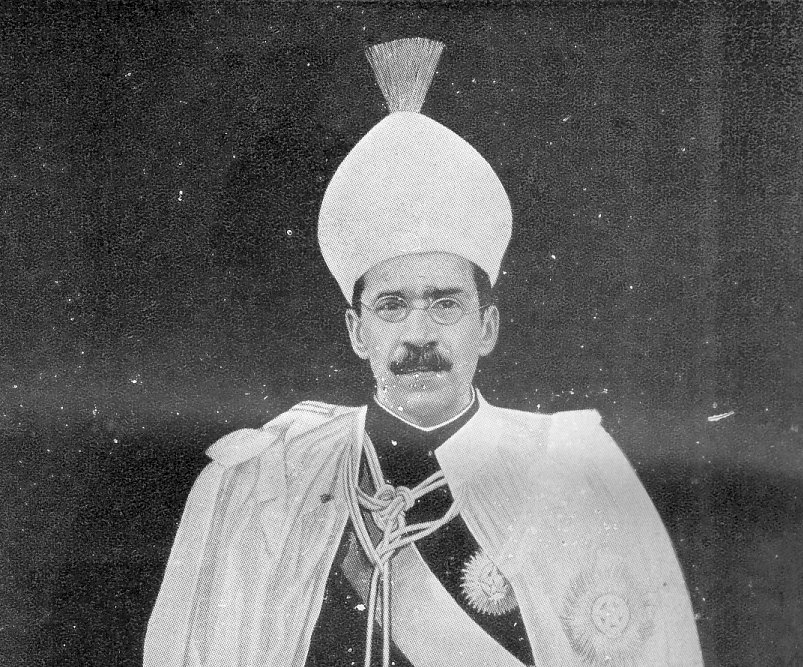 Farhang Nizam, Wikimedia Commons
Farhang Nizam, Wikimedia Commons
Diamonds Are A Billionaire’s Best Friend
Most billionaires made their money in boring stuff like steel and railroads. Mir Osman Ali Khan’s came from his state’s rich diamond mines—hence the paper weight. Adjusted for inflation, Khan’s net worth was upwards of $230 billion.
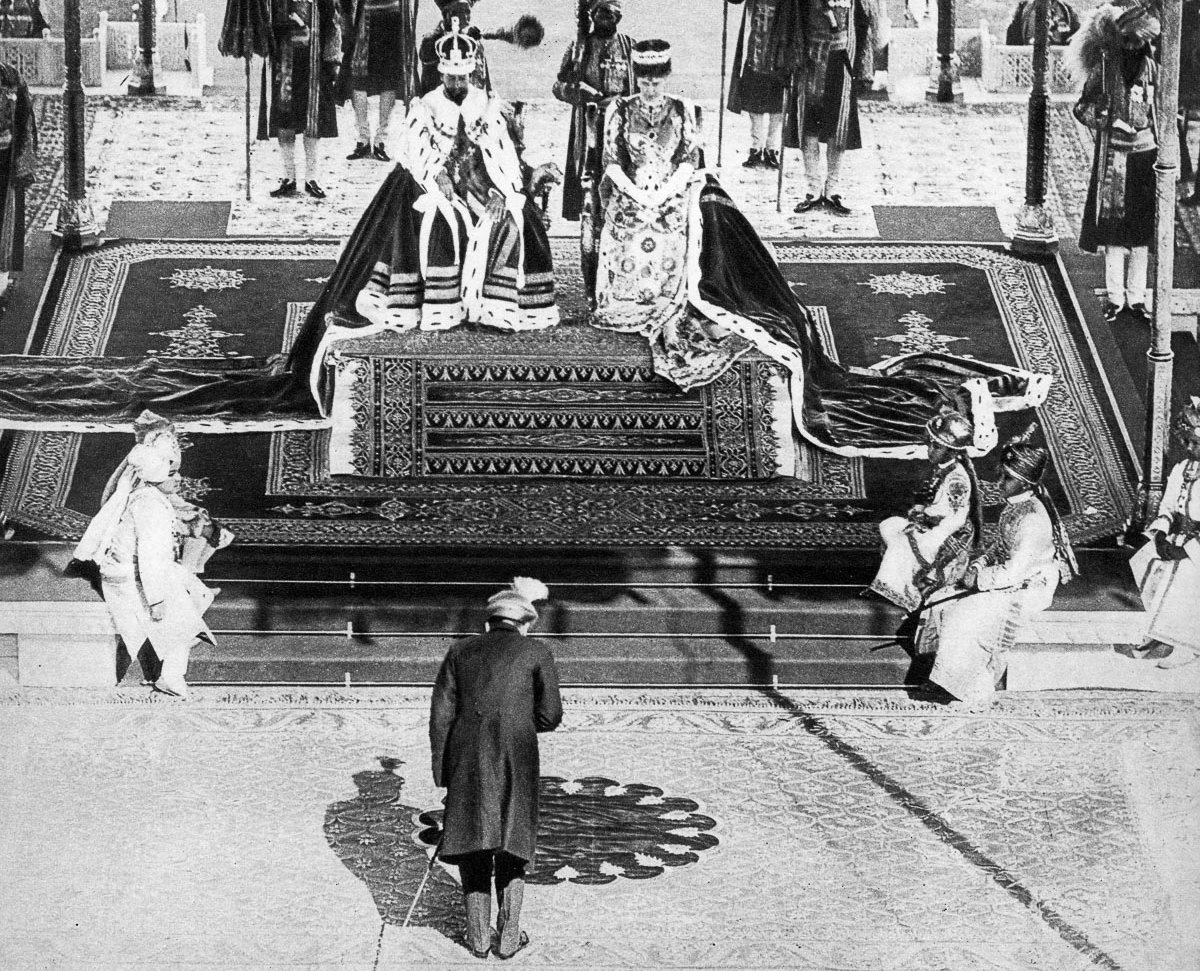 Unknown Author, Wikimedia Commons
Unknown Author, Wikimedia Commons
John D. Rockefeller Was An Oil Man
The son of a con artist, John D. Rockefeller’s shrewd instincts led to the creation of Standard Oil, which, before it was broken up in a landmark antitrust suit, refined up to 90% of all American oil.
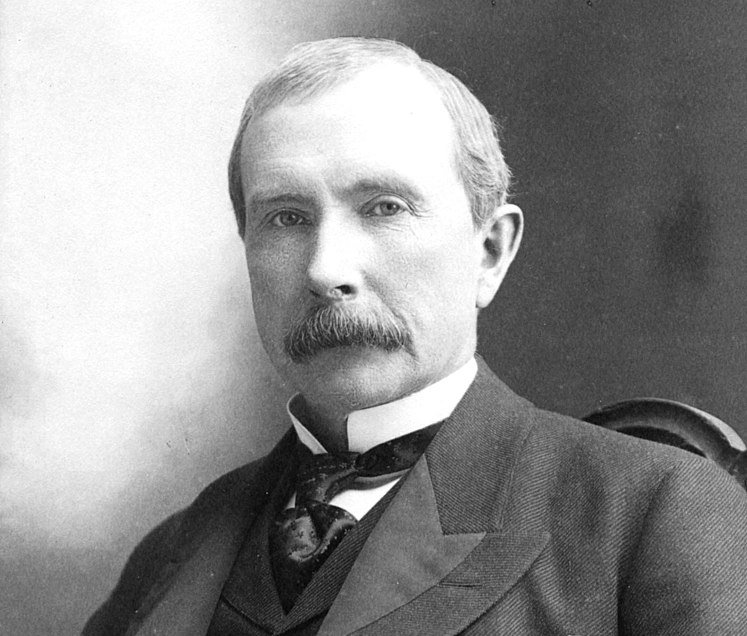 Scientific American Compiling Dep't, Wikimedia Commons
Scientific American Compiling Dep't, Wikimedia Commons
He Was The First Ever Billionaire
John D. Rockefeller wasn’t just rich—he was history’s first real billionaire. Not adjusted for inflation, not theoretical—an actual billion dollars sitting in his bank account. And if that sounds impressive, consider this: by today’s standards, his fortune would top an unbelievable $340 billion.
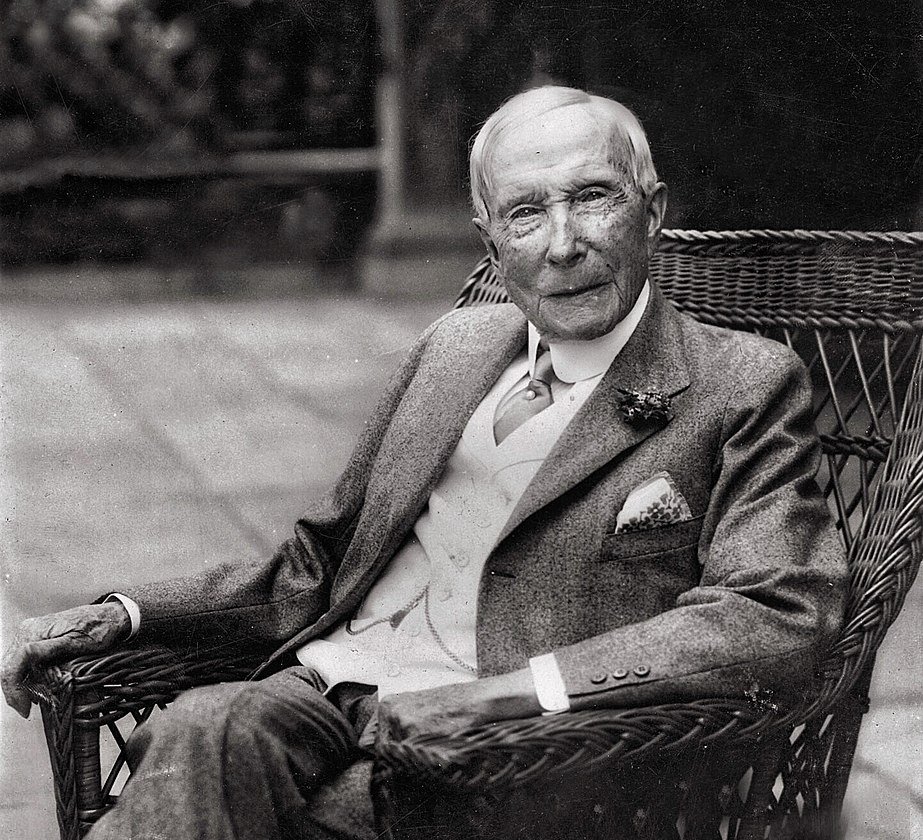 American Press Association, Wikimedia Commons
American Press Association, Wikimedia Commons
Alan Rufus
Alan Rufus is proof that it’s not about how great you are—it’s about who you know. At first, Rufus was just a relatively minor landowner in Normandy. Then he crossed the English Channel with William the Conqueror in 1066. That changed things a little bit.
 MS. Lyell 22, Wikimedia Commons
MS. Lyell 22, Wikimedia Commons
He Was In The Right Place At The Right Time
Rufus must have impressed the Conqueror, because after the Battle of Hastings, William rewarded him with control of the Honour of Richmond, one of the most important and productive regions in England.
By the time he passed, Rufus’s fortune was £11,000. That may seem small—but compared to net income, that’s the equivalent of $180 billion today.
 Andrew Bowden, CC BY-SA 2.0, Wikimedia Commons
Andrew Bowden, CC BY-SA 2.0, Wikimedia Commons
The Commodore Built Railroads
As railroads began stitching North America together, Cornelius Vanderbilt was leading the charge—and getting filthy rich while doing it. Nicknamed “The Commodore,” Vanderbilt’s gruff behavior made him a controversial figure in his own time.
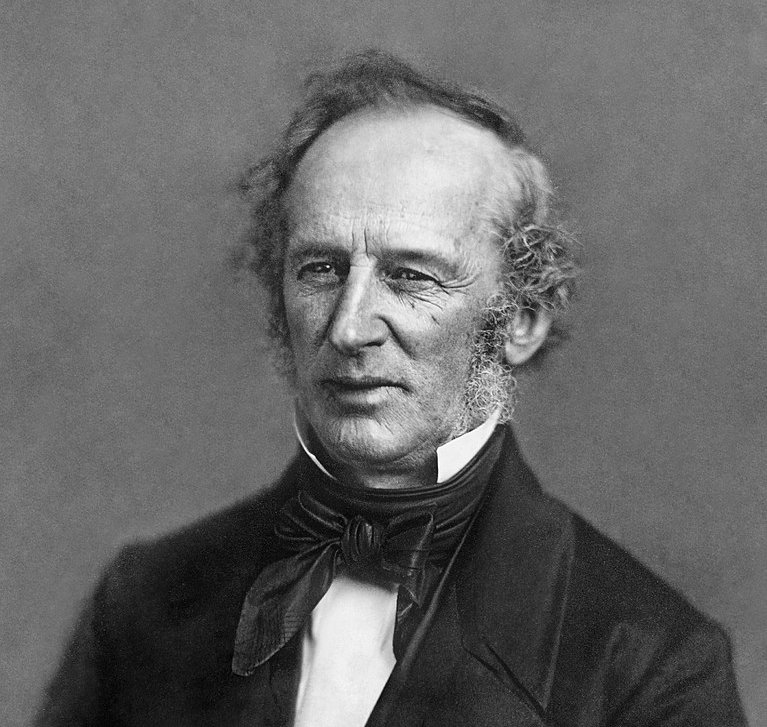 Mathew Brady's studio, Wikimedia Commons
Mathew Brady's studio, Wikimedia Commons
He Built A Legacy
The Commodore amassed the equivalent of $185 billion in his lifetime, providing the foundation for the Vanderbilts to become one of the richest and most powerful families in America—including modern celebrities like Anderson Cooper and Timothy Olyphant.
 Howell & Meyer, Wikimedia Commons
Howell & Meyer, Wikimedia Commons
He Came, He Saw, He Got Rich
William of Normandy may have been born a bastard, but he rose to power with ruthless precision. In 1066, he crossed the Channel, crushed England’s hapless king, and carved his name into history as William the Conqueror. And while he was at it, he amassed a fortune fit for the legend he became.
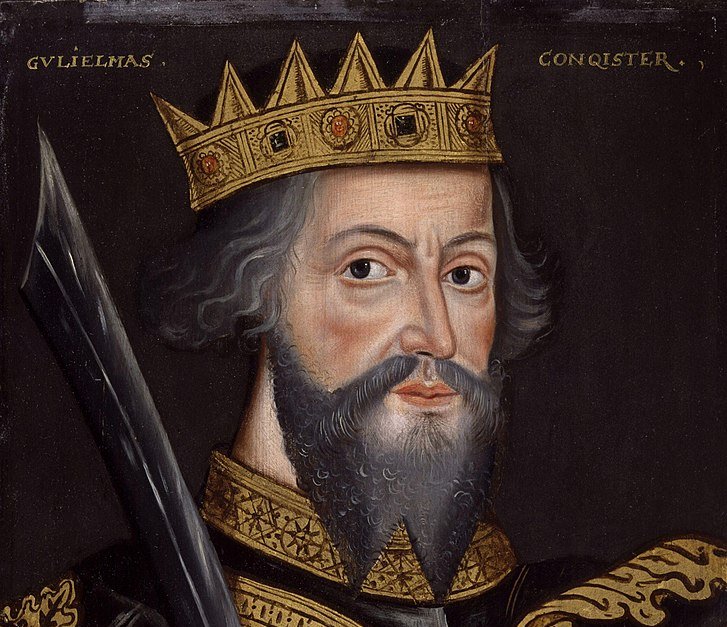 National Portrait Gallery, Wikimedia Commons
National Portrait Gallery, Wikimedia Commons
To The Winner Go The Spoils
Conquering England made William of Normandy unimaginably rich. Modern estimates put his net worth at over $220 billion. And he enjoyed the fruits of his labor, too. By the time of his funeral, his body was so bloated that they couldn’t fit him in his coffin.
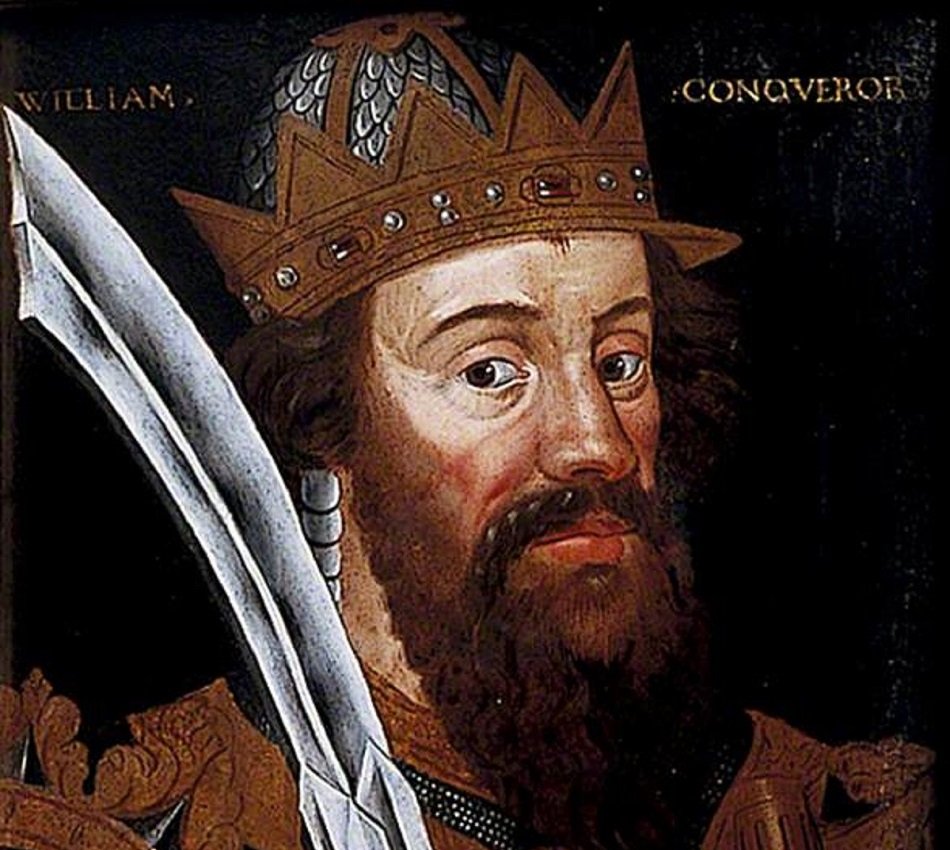 Unknown Author, Wikimedia Commons
Unknown Author, Wikimedia Commons
William de Warenne Proved Himself
Back in Normandy, William de Warenne was just the second son of a minor landholder—he didn’t stand to make much of a dent in the world. But after proving himself on the battlefield, de Warenne got himself noticed by William the Conqueror himself.
If you want to be one of the richest people in history, that’s a very good start.
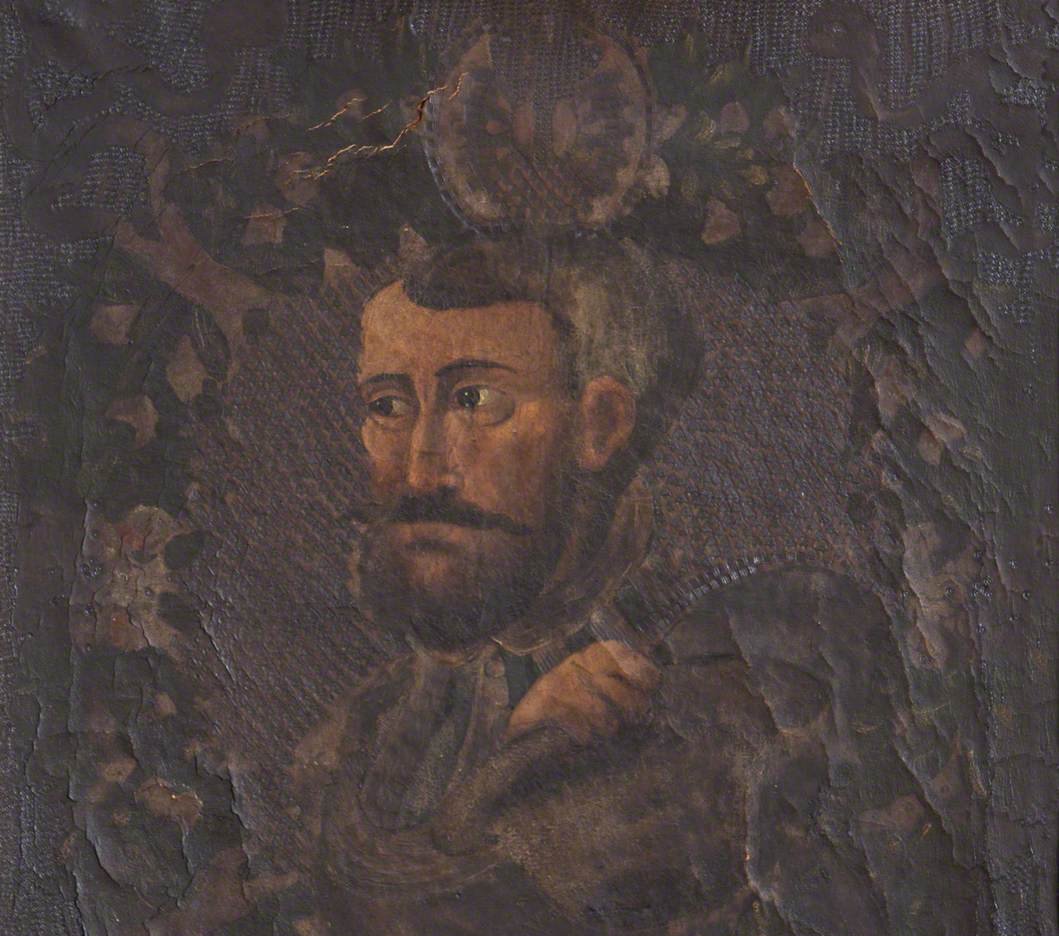 National Trust, Wikimedia Commons
National Trust, Wikimedia Commons
He Got The Land
De Warenne impressed again at the Battle of Hastings, and got some seriously juicy lands in England as a reward. The value of of his estates by the time he died is estimated at $150 billion in today’s dollars.
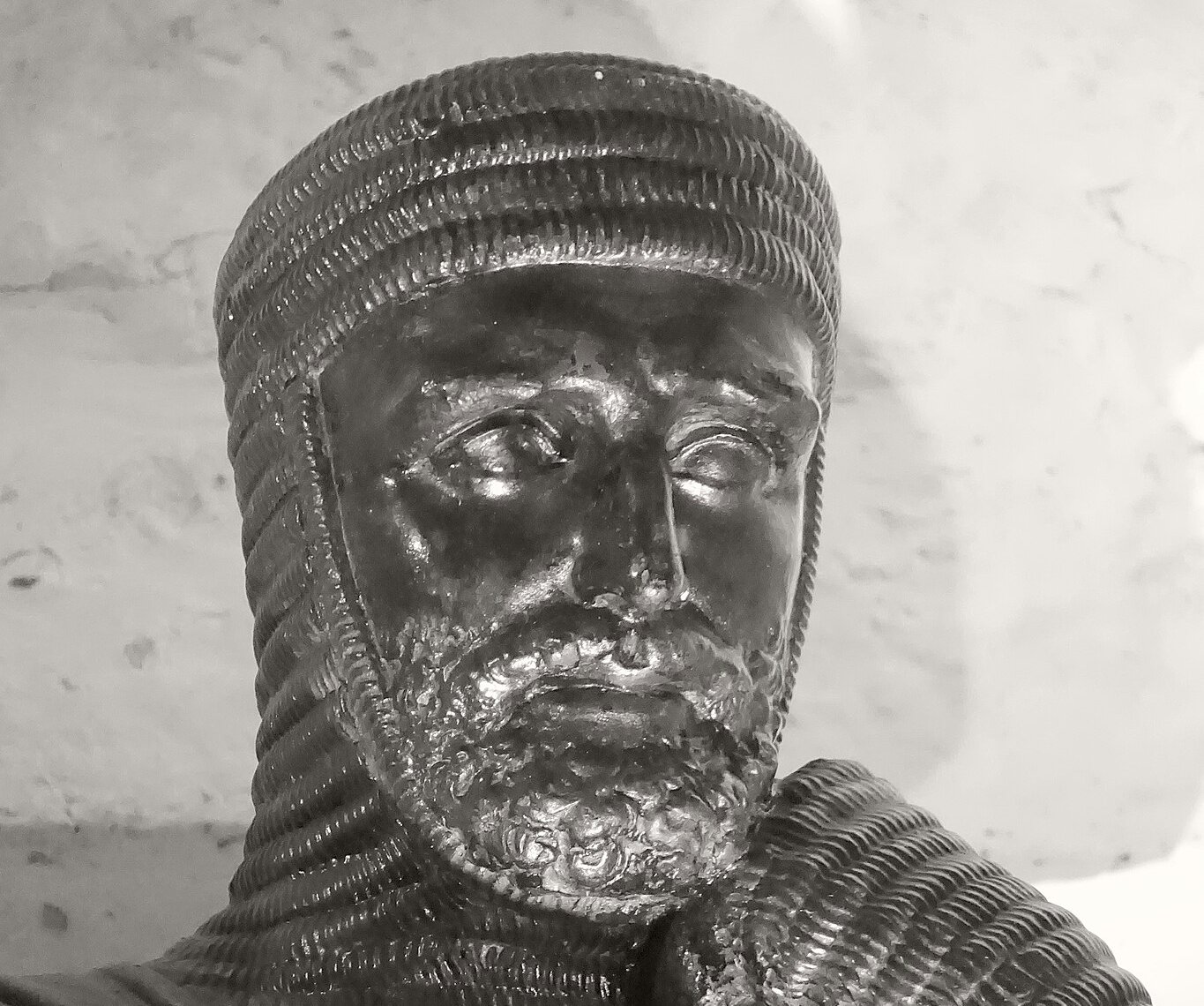 Storye book, CC BY-SA 4.0, Wikimedia Commons
Storye book, CC BY-SA 4.0, Wikimedia Commons

